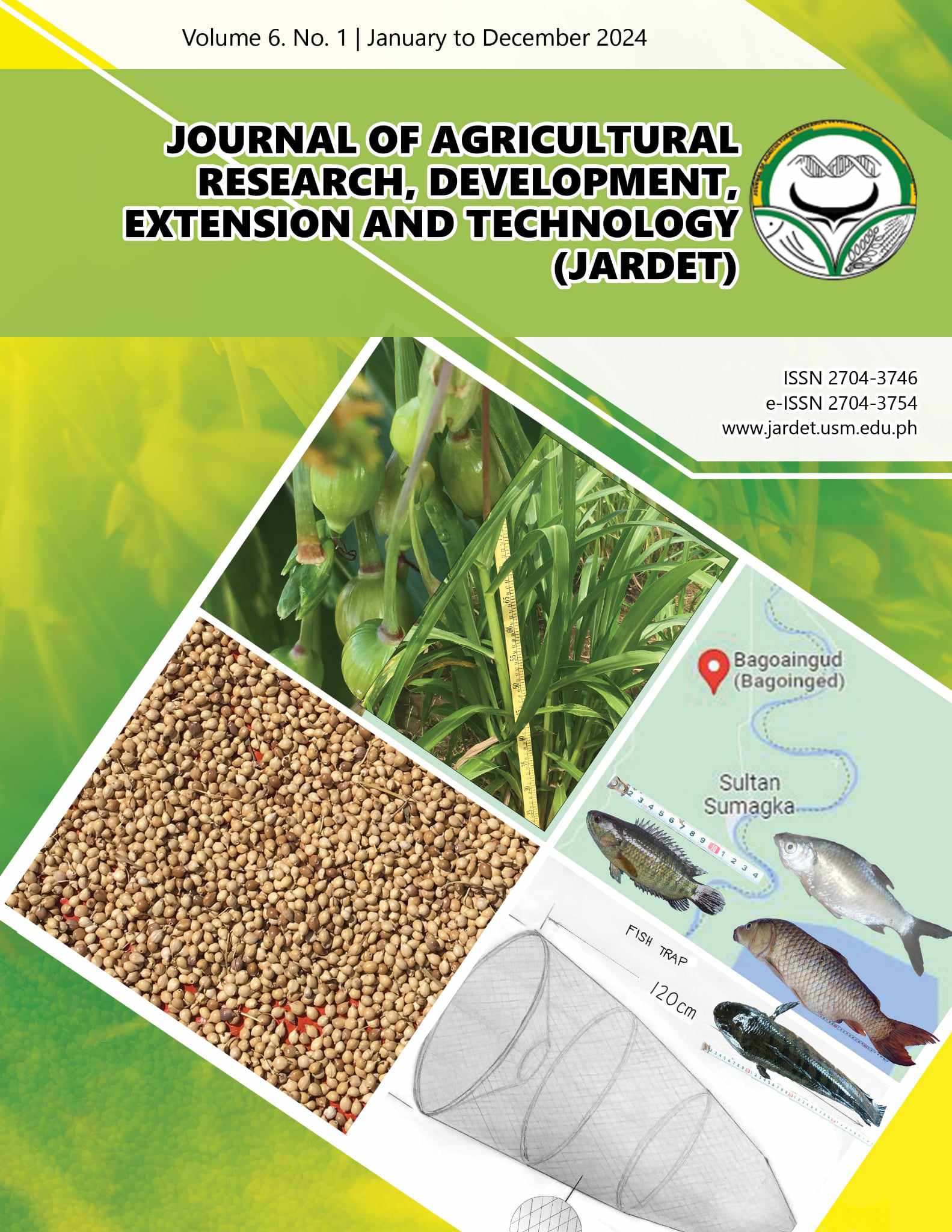Innovations in collective marketing of rice among smallholder farmers’ associations in mid-western Uganda using a value chain framework
DOI:
https://doi.org/10.5281/zenodo.15099090Keywords:
Collective marketing, innovations, smallholder rice farmers, Uganda, value chain based constraintsAbstract
Farmers’ collective marketing arrangements are a plausible strategy for correcting inefficiencies that constrain smallholder farmers’ participation in the market economy, yet a few of these arrangements are viable eventually. This study aimed to explore the constraints faced by farmers' associations and the innovations that enabled them to sustainably market rice in mid-western Uganda. Using a descriptive design and case study approach, data were obtained from three farmers' associations and 45 affiliated farmers. Content analysis using value chain approach indicated inbound logistics to be the most constrained, mostly by low-quality rice output and high transaction costs. Operations were constrained by high pressure on members to have cash before harvesting whereas delayed payments for sold rice were the major challenge in the outbound logistics stage. With the I-index of 63 for the inbound logistics stage, 69 for operations, and 79 for outbound logistics, the study suggests that there were more organizational-based innovations at the inbound logistics stage than any other stages, that became less widespread with progress through the chain towards outbound logistics stage. Innovations at inbound logistics stage included brokering of services, giving farmers access to quality seed, rental of agro-equipment and irrigation services. It is concluded that collective marketing arrangements innovate around inbound logistics, creating a production-led chain that caters for absentee markets. This could also mean that the leadership of associations is not strategic. Therefore, extension workers need to support association leadership to develop their capacity in strategic management. Policy-led subsidies that stimulate innovations by associations that increase their ownership of stores in rice-demanded areas are recommended.
Downloads
Published
Issue
Section
License
Copyright (c) 2024 Journal of Agricultural Research, Development, Extension and Technology

This work is licensed under a Creative Commons Attribution-NonCommercial-NoDerivatives 4.0 International License.


